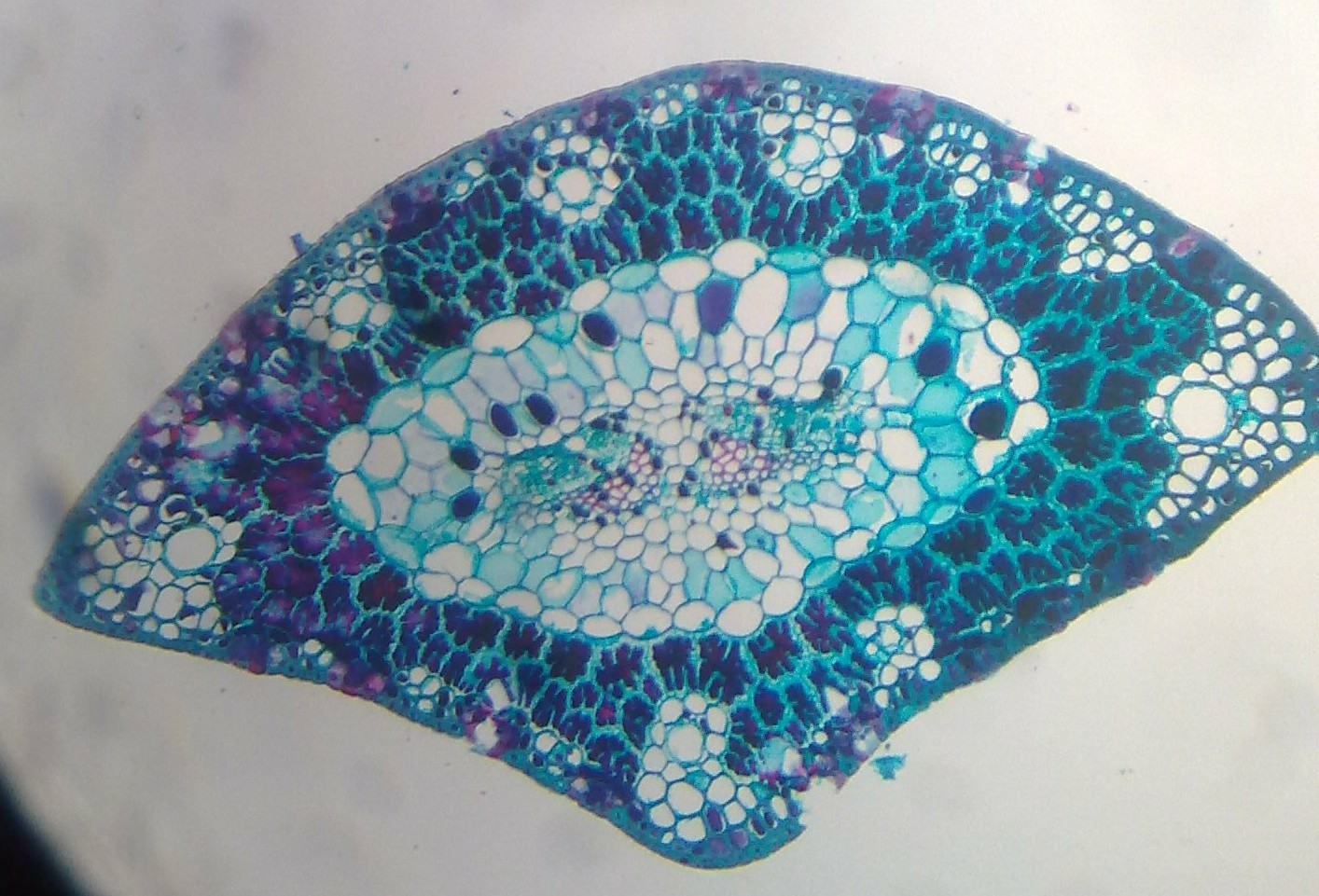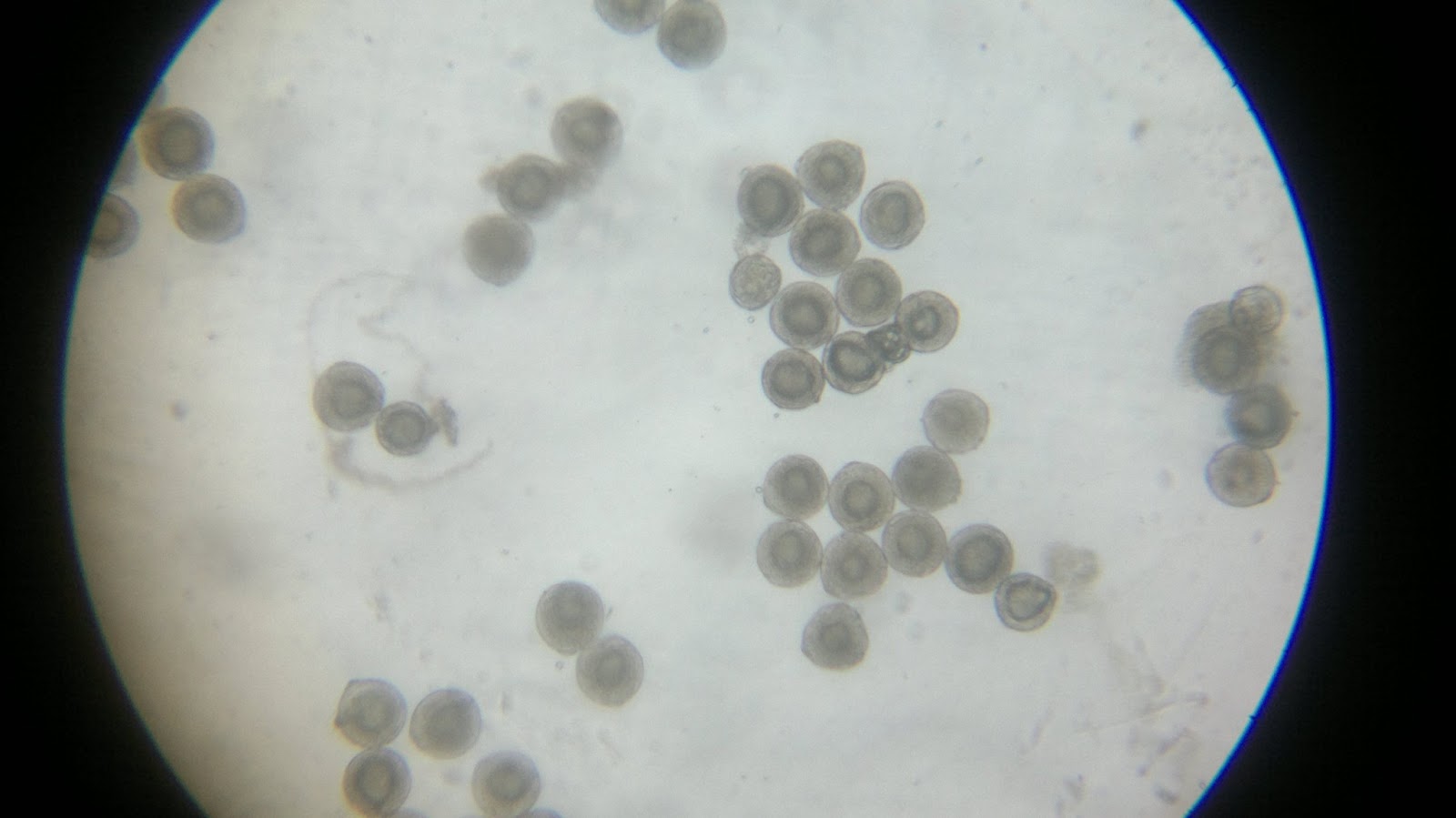Modern concept of Gene “ The terms “muton,” “cistron,” and “recon” were proposed by the American geneticist S. Benzer in 1957 to describe a definite gene function.” CISTRON - A segment of DNA that is involved in producing a polypeptide chain; it can include regions preceding and following the coding DNA as well as introns between the exons. It is considered a unit of heredity; "genes were formerly called factors". It is the smallest unit functioning as a transmitter of genetic information. In modern molecular genetics the cistron is essentially synonymous with the gene. It can include regions preceding and following the coding DNA as well as introns. A DNA segment corresponding to one polypeptide chain plus the start-and-stop codon. The smallest unit of genetic material that must be intact to function as a transmitter of genetic information; as traditionaly construed, approximately synonymous with gene. The smallest unit of a chromosome in wh
Posts
Showing posts from 2013
CORD BLOOD AND CORD TISSUE STEM CELLS
- Get link
- Other Apps
CORD BLOOD AND CORD TISSUE STEM CELLS The umbilical cord is link that supports and nourishes baby in mother’s womb. But, as delivered, umbilical card is cut off and discarded. The amazing truth is the umbilical card is a wonderful blessing that can protect baby from over 75 serious ailments anything during lifetime. STEM CELL – Stem cells are the basic building blocks of our body and have the potential to develop into many different cell types. Serving as a repair system, they can divide without limit to replenish other cells and give rise to a number of tissues that constitute different organs. CORD BLOOD AND CORD TISSUE – Umbilical cord blood is the blood present in your baby’s umbilical cord after birth and cord tissue is the solid tissue that is discarded. The umbilical cord blood and cord tissue are the richest sources of stem cells that have the potential to treat serious diseases. They can be easily collected, processed and preserved for use in the
PROTIEN SYNTHESIS
- Get link
- Other Apps
PROTEIN SYNTHESIS In 1958 Crick proposed that DNA determines the sequence of amino acid in a polypeptide through mRNA, this is the main principle or central dogma of protein synthesis which involves transcription and translation. Introduction – 1. Protein bio-synthesis is the process in which cells build or manufacture proteins . 2. The term is sometimes used to refer only to protein translation but more often it refers to a multi-step process, beginning with amino acid synthesis and transcription of nuclear DNA into m RNA , which is then used as input for translation. 3. The cistron DNA is transcribed into a variety of RNA intermediates. 4. The last version is used as a template in synthesis of a polypeptide chain. 5. Proteins can often be synthesized directly from genes by translating mRNA . When a protein must be available on short notice or in large quantities, a protein precursor is


